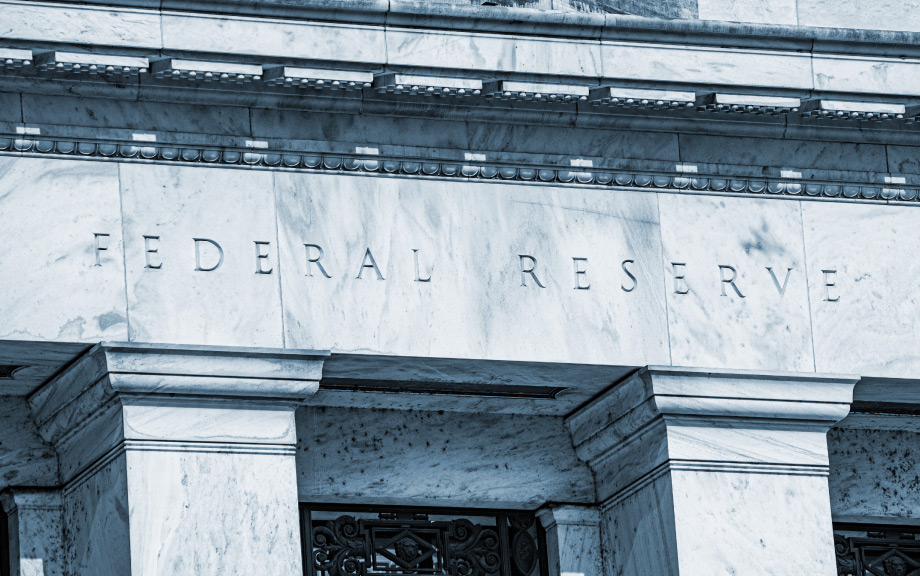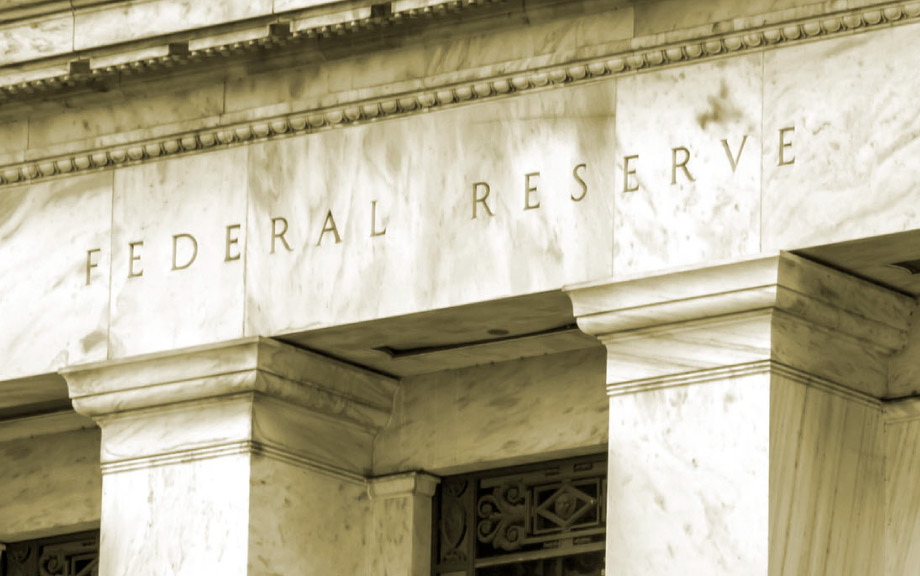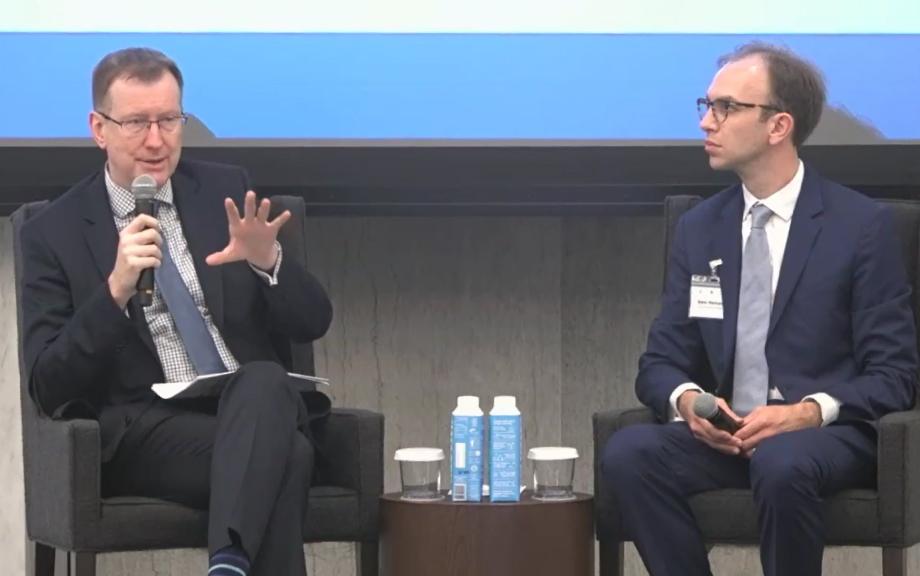Standing Repo Operations in the Federal Reserve’s Monetary Policy Implementation Framework

The Federal Reserve (Fed) implements monetary policy through an ample reserves framework, where a sufficient supply of reserves allows the federal funds rate and other short-term interest rates to be primarily controlled through administered rates set by policymakers. In this article, we provide insight into some of the tools the Fed uses to implement monetary policy, with a focus on recent changes to standing repo operations.
Understanding the Federal Home Loan Bank System: What It Is and Why It Matters

The Federal Home Loan Bank (FHLB) system was created almost a century ago and has evolved over time to play an important role in monetary policy implementation. It is a key participant in money markets, providing liquidity to thousands of financial institutions in the U.S. This article looks at why this system was created, how it is structured, and the composition of its balance sheet.
Key Takeaways from President Williams’s Remarks on the Economic Stars

In remarks at a conference in Mexico City on August 25, New York Fed President John C. Williams addressed three questions pertaining to the importance, measurement, and use of time-varying unobservable variables at central banks, with a particular focus on the neutral rate of interest, or r-star.
Federal Reserve Repo and Reverse Repo Market Operations: 2015 to Now

In a prior article, we discussed the scarce reserves regime the Fed used to implement monetary policy before the global financial crisis, and how the Fed’s repo and reverse repo operations evolved in response to the crisis. In this article, we explore the continued evolution of repo and reverse repo operations—namely, how they were structured to address the spike in repo rates in September 2019 and the extraordinary market dislocations at the onset of the COVID-19 pandemic in March 2020.
Federal Reserve Repo and Reverse Repo Market Operations: Before the Global Financial Crisis to 2015

Repurchase and reverse repurchase operations—or “repo and reverse repo” transactions—are critical to the Federal Reserve’s implementation of monetary policy. Alongside a broader suite of open market operations, these transactions influence interest rates and support smooth market functioning by helping to maintain the federal funds rate well within the target range set by the Federal Open Market Committee.
Ideas in Focus at This Year’s Monetary Policy Implementation Workshop

The continued unwinding of large central bank balance sheets in the post-pandemic period and its impact on financial markets and the broader economy have presented several policy and monetary policy implementation questions in the U.S. and abroad. To help address this, the Federal Reserve Bank of New York and Columbia University’s School of International and Public Affairs hosted a workshop on “Unwinding Large Central Bank Balance Sheets” in May. The workshop’s three panels brought together academics, industry and public policy experts, and current and former central bankers. In this article, we highlight the main themes from the day’s discussions.
Highlights from Roberto Perli’s Speech on Treasury Market Conditions

Roberto Perli, manager of the Federal Reserve’s System Open Market Account (SOMA), spoke at the Eighth Short-Term Funding Markets Conference at the Federal Reserve Board in Washington, D.C. on May 9.
Highlights from Roberto Perli’s Speech on Monetary Policy Implementation

Roberto Perli, manager of the Federal Reserve’s System Open Market Account (SOMA), spoke before the Money Marketeers of New York University on March 5. He discussed monetary policy implementation issues related to the process of reducing the size of the Federal Reserve’s balance sheet and the related transition from an abundant to an ample supply of reserves.
The Role of Nonbank Financial Institutions in Monetary Policy

This is the second in an ongoing series on nonbank financial institutions. Read the first article on the basics of NBFIs.
The Federal Reserve has historically relied on commercial banks and select broker-dealers to implement and transmit monetary policy. In recent years, nonbank financial institutions (NBFIs) have taken on increasingly important roles. As discussed in a previous article, NBFIs are financial companies that perform a variety of financial services but do not have a bank license. Examples of NBFIs include investment funds, pension funds, insurers, government-sponsored entities, and broker-dealers. In this article, we discuss some of the ways that NBFIs contribute to the implementation and transmission of monetary policy in the United States.
Monitoring Money Market Dynamics Around Year‑end

A core responsibility of the Open Market Trading Desk (the Desk) at the New York Fed is to closely monitor developments in financial markets. The Desk pays particular attention to those markets, such as money markets, in which it conducts open market operations to implement monetary policy at the direction of the Federal Open Market Committee (FOMC). For example, the overnight reverse repurchase agreement (ON RRP) facility and standing repurchase agreement facility (SRF) are executed in the market for repurchase agreements, or repos, to keep the federal funds rate—the FOMC’s policy rate—in its target range.










